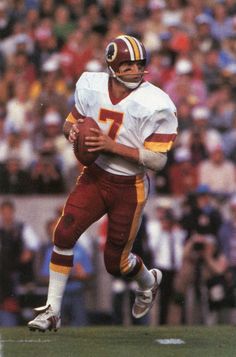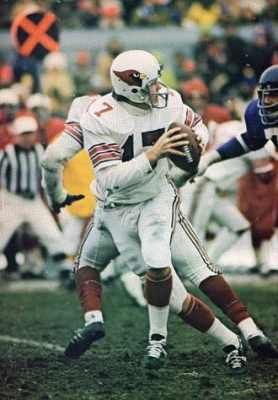
Antonio Brown is the Steelers leader in touchdown celebrations
Is Antonio Brown already the best wide receiver in Steelers history? That depends on how you define “best”, of course. But from at least one statistical standpoint, Brown already stands out as the most dominant.
One of my favorite simple methods to measure dominance is to measure receiving yards above the worst starter. For example, the 32nd-ranked player in receiving yards last year gained 922 receiving yards. Brown, meanwhile, had 1,834. As a result, he had 912 receiving yards above the “worst starter” last year.
In 2014, the 32nd-ranked receiving yards leader gained 916 yards; Brown had 1,698, so that’s +782. In 2013, Brown’s 1,499 yards were 603 yards above the baseline of 896, i.e., the amount of yards gained by the 32nd-ranked receiver.
In 2012, the baseline was 855 receiving yards; Brown, with 787 in 13 games, did not rank in the top 32 in receiving yards. Therefore, he gets a 0 for 2012. Finally, in 2011, Browns’ 1,108 receiving yards were 221 receiving yards above the threshold of 887 yards.
As a result, Brown’s six-year career looks like this: +912, +782, +603, 0, +221, 0. That sums to 2,518 yards above worst starter.
Last year, I looked at the leaders in Adjusted Catch Yards over worst starter using the same formula. I re-ran that methodology using receiving yards and pro-rating non-16 games to come up with a career list. The table below shows the top 200 players in football history using this methodology; Brown checks in at #31: [continue reading…]







